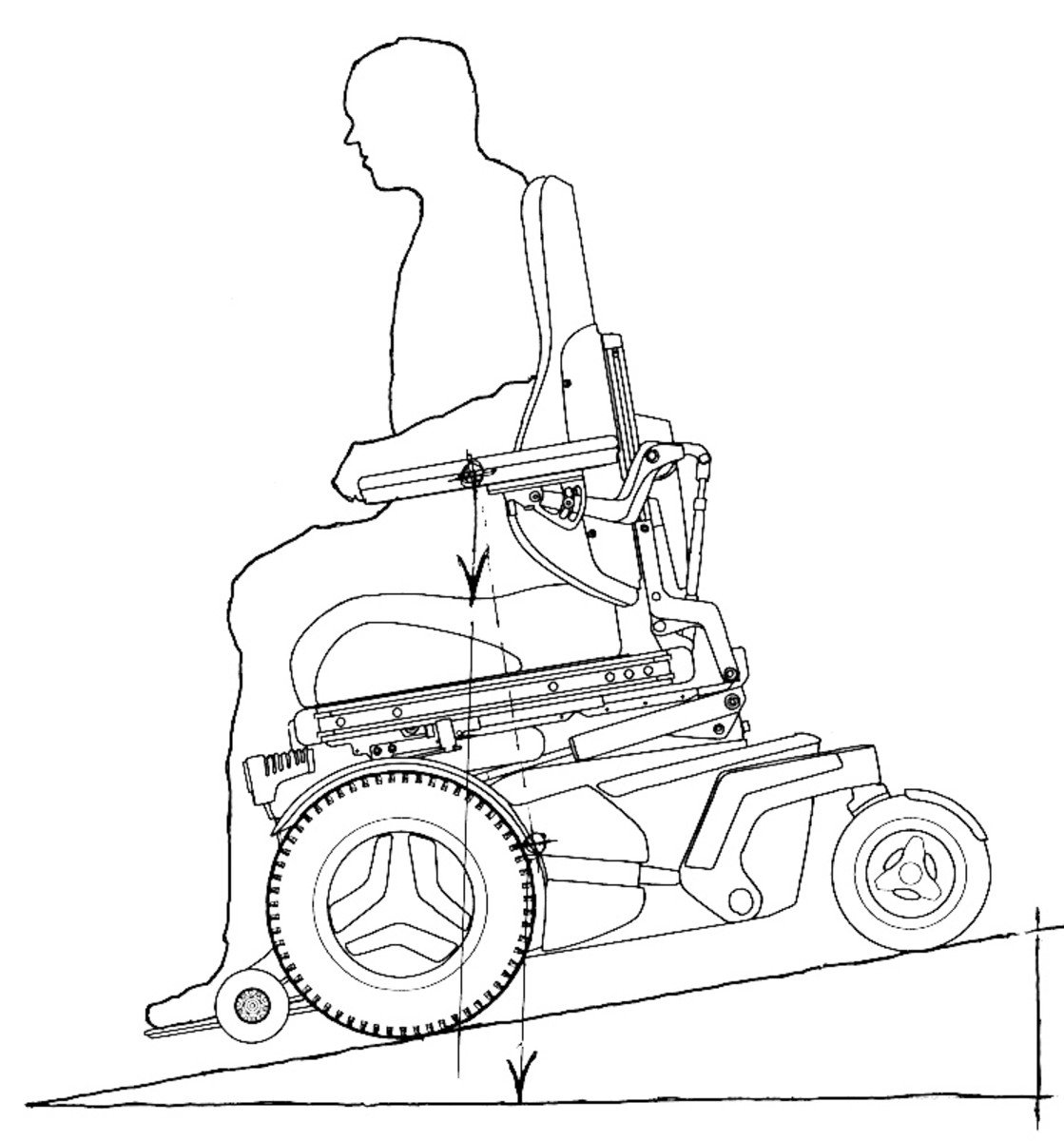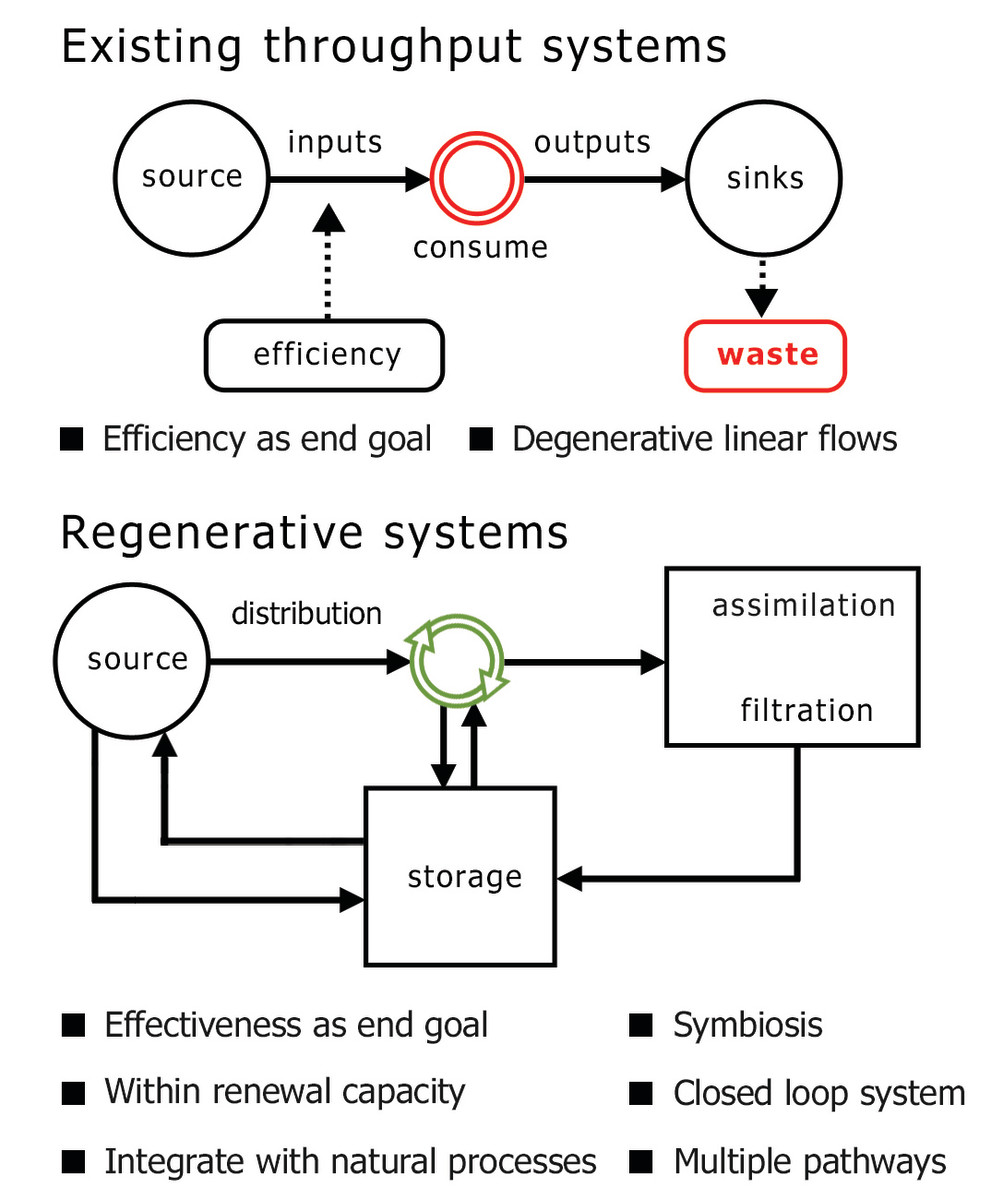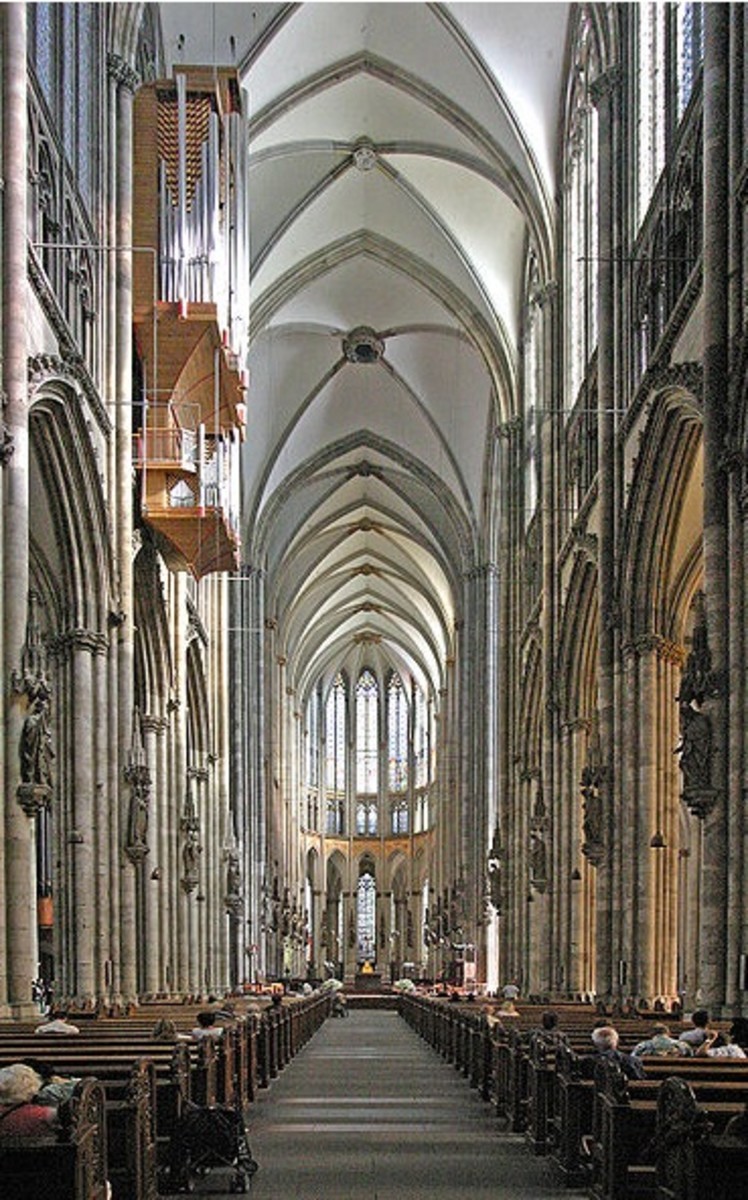CREATING FORMS AND PATTERNS
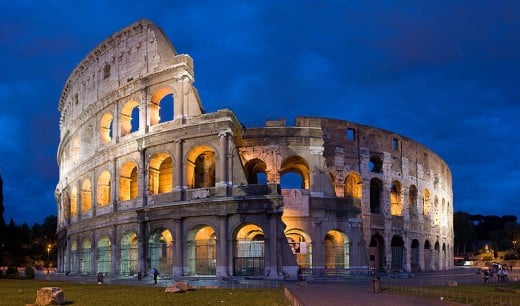
No structure on earth is devoid of form or pattern. Every building has its own style and tries to offer a delight to its viewers. In architecture, forms and patterns are derived from Greek antiquity. This does not mean that architecture belonging to other lands lack them. On the contrary, Greeks have derived them from other ancient civilizations. Egyptian and Babylonian civilizations were in their neighborhood and both of them were wonderful builders. We know this ancient treasure of knowledge as Greek legacy because they systematically recorded the details of these specific forms and improved upon them according to their own sophisticated reason, and luckily the mighty Romans carried their physical cultural component forward and Arab translators preserved their written cultural heritage.
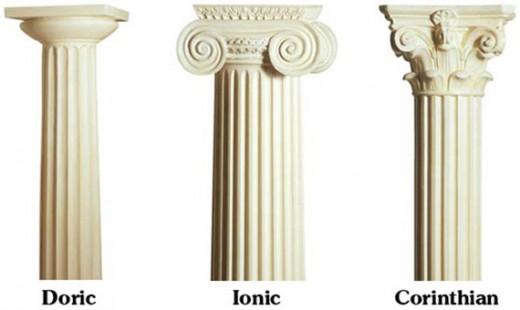
The architectural forms and patterns are used to express themes and meanings as well as to display beauty. Of course, such an explanation would not be acceptable to the Greek thinkers who have formulated these orders. To them meaning is truth and truth is beauty. Whatever truth has been expressed through an architectural form is necessarily beautiful. In modern architectural analysis forms and patterns simply mean aesthetic aspect of architecture.
Architects of various ages and places have derived forms from geometric shapes or from existing natural objects in the surroundings including the animal and human figures. The Pyramids are geometric shapes reaching the highest sophistications in these derivations. They have square base and triangular rise, both of them are symbolic in ancient philosophies. Square denotes the earthly existence while triangle heavenly ascend. A church is derived from a cross, which in turn denotes the human frame, the transept being two spread out hands and nave the main body including the trunk. Apse and chapel beyond the crossing of the transept denotes the human head. In the Greek, Hebrew and Sasanid temples we have a common form consisting of outer and inner chambers, purpose and theme behind this separation differ in each case. This scheme of separation is common in most of the sacred architecture. Royal courts and palaces everywhere on earth demonstrate grand scales and lofty heights, and this expresses the veneration and authority. The three Greek orders, Doric, Ionian and Corinthian represent austerity, propriety and beauty respectively.

Modern Is Less Creative
Modern architects are skeptic of expressing the ideas in such formal language. Philip Johnson, a twentieth century architect has this to say about forms: “Where forms come from I don’t know, but it has nothing at all to do with the sociological aspect of our architecture. Forms always follow forms and not function.” While a classical Roman architect Vitruvius has devoted a separate chapter in his book to say that the three Greek orders are a decoration to architecture and every architect must acquaint himself with the details of these orders, a modern architect maintains that to say so is an insult to other modes of appreciation. This opposition to established modes of appreciations and analyses are not new. We have examples of emergence of new orders in various periods, not to add to the established ones but rather to rival them. We have a Roman fourth order and the Gothic fifth order in architecture.
Social and technological imperatives of our age have rendered the old orders unnecessary exercise and in many cases impossibility as well. “Whenever technology reaches its real fulfillment it transcends into architecture.” However, function today has overpowered the form and it is as much because of the lack of our period’s creativity as it is because of the social and technological imperatives.
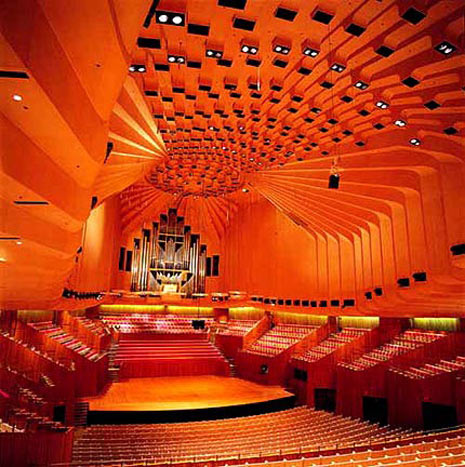
Nevertheless, we do have real creative architecture and formal triumph over technological realms in twentieth century structures. Sydney’s Opera stands witness to it. The author of this masterpiece of our era recalls in one of his writings that such designs are product of one’s ability to grasp the idea of whole, based on what he has at his disposal. Forms exist in one’s imaginations. Experiences with material existence make these imaginations a reality. The author recalls his college days. Reclining in college lawn with his mates he saw legs of girls standing far off and reading college notifications displayed on notice board. The notice board had completely secluded the girls from his line of vision. Playfully he took a pencil and paper and drew the sketches of these girls. He could really draw faces without seeing them. Forms do exist.

